How healthy is your home?

The potential for problems with cold, damp and mould in homes can happen no matter the weather. To find out how to make homes as warm and dry as possible, we spent time with community enterprise Sustain & Enable.
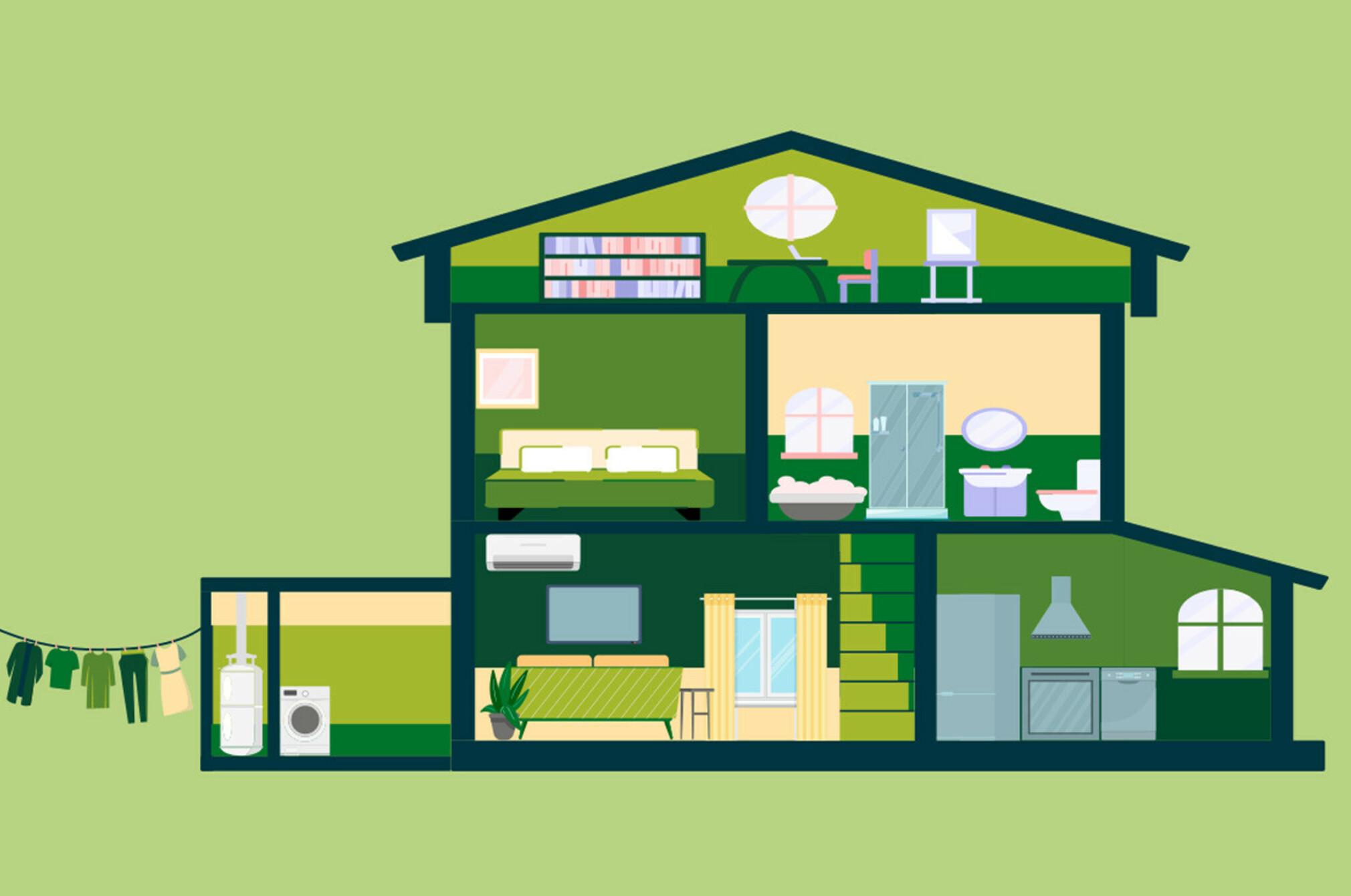
It's a summery day on South Auckland's Sunburst Street. Jack Nielsen takes off his shoes and sits down on a couch across from the resident of a rental near the end of the street. "Thank you for allowing us to come back and have a bit of a catch-up,” he says.
Nielsen was here, in the Papakura home of Caroline and Hans, 2 weeks ago to assess their rental property. The couple have lived in their three-bedroom house for 3 years and found it to be cold and drafty during winter, which could affect their health – and their power bills.
During winter, Caroline gets increasingly concerned about her home. "The wind just blows straight through," she tells Nielsen. "It's really, really cold … we get a lot of wind here.”
As part of a free service available to Auckland residents, Nielsen, an assessor from the community enterprise scheme Sustain & Enable, spent time looking over the couple's home, identifying problem areas that could be improved.
Now, he’s back to tell Caroline what he's found, and to offer her some simple solutions. "You've got good insulation in the ceiling and reasonably nice, long curtains," he says, pointing at the drapes in her lounge.
But Nielsen's found a problem with those curtains. "It's the gap," he says, pointing to several inches of space between the curtains and the window frame. "You'll end up with condensation. That's the moisture leaving droplets on the window because it's trying to escape."
Condensation is a result of excessive humidity in the air, and mould grows on surfaces that are cold and damp. Mould causes health problems like asthma and other respiratory conditions. These are things Sustain & Enable is desperate to avoid in the home. “The idea is to keep people out of hospital,” says Nielsen.
For Caroline and Hans, the fix is easy: flipping the rails around to bring the curtains closer to the window frame, thus creating a barrier. Neilsen also suggests installing extra seals to the windows. “Over time … you'll start to develop little gaps,” he says about the ageing wooden frames that let cold air in.
With a grandchild often staying with them, these changes are especially important for the couple: children and the elderly are more at risk of respiratory infections from living in cold, damp homes.
But Hans and Christina are renting and can't make these changes without their landlord's approval. Nielsen has good news for them: he'll be approaching their landlord on their behalf. While some landlords are reluctant to spend money on their rental property, thanks to subsidies and community initiatives, today’s recommendations may not cost them a cent.
Nielsen tries to show landlords the benefits improving their home can have. "I’ll say, ‘These are some things that could make your home warmer, drier, safer,’” he says. If they remain reluctant, he’ll warn them about the healthy home standards they’re required to meet.
For Caroline and Hans, these small changes could improve both the overall comfort in their home – and potentially their health as well. “These are not huge things that need to be done [but] ... we want to get them sorted,” says Nielsen.
Meeting the Sustain & Enable team
Neilsen’s boss is Kyle Parker, who started Sustain & Enable 8 years ago.
After 5 years as a project manager supporting various teams at Auckland Council, he found himself at a loose end and looking for his next challenge. “I wanted to feel like the thing I was doing was meaningful,” Parker says.
What he came up with was Sustain & Enable, a community enterprise that offers support to people who want to build, or live in, healthier homes.
Parker’s team of six can advise on homes at any point, from new builds to ageing homes. They help homeowners, landlords and tenants – anyone who wants to improve conditions in their home. “What we do is a balance between moisture control, heating, ventilation, and insulation,” Parker says.
Those changes can improve lifestyles, save money and reduce waste and carbon emissions. “We think of a home as a system,” says Parker. “You basically try to work out why the system is not in a state of healthy balance. And then we tailor advice to the individual situation to help people to make informed healthy choices for themselves.”
The link between substandard housing and respiratory illness
There’s a huge need for this. According to Child, Youth and Wellbeing, up to 30,000 children are estimated to be hospitalised each year from housing-related conditions like asthma, pneumonia and bronchiolitis. Those rates peak during winter and are much higher for children living in poverty, and from Māori and Pacific families.
Letitia Harding, chief executive of the Asthma Foundation, calls those statistics “shocking” and says it’s not hard to find links between substandard housing and hospitalisation rates for respiratory illnesses. “Health inequity and its link to housing needs to be addressed in Aotearoa,” she says.
Parker agrees; he and his team often feel like an ambulance at the bottom of a cliff. But the issue is widespread. To make his point, Parker visits my home – a three-bedroom new build rental that was only finished in January, 2023.
Assessing our new-build house
We are a family of four living in a house so new it feels like there’d be nothing for Parker to do. But he has plenty of advice for us, suggesting we dry our washing outside instead of on a rack in the lounge, wrap the hot water cylinder pipes in cheap, readily-available insulation, and move beds around so the heads aren’t directly under windows.
He also offers money-saving initiatives on a power bill we often feel is excessive. He tells us to put our heated towel rails onto a timer, turn off large appliances that are on standby at the wall, not to use heat lamps in the bathroom, and to charge our electric vehicle and use our washing machine and dishwasher after 9pm to take advantage of subsidised rates.
Statistics show we spend 75-90% of our time indoors. If homes aren’t healthy, it can quickly lead to issues. Parker says problems are getting worse, and they sometimes see houses that have no insulation.
Trying to improve regulations and lobby government institutions for improvements in regulations is part of his job. But he also wants to spread the message that his service is, in many parts of the country, free – available to anyone who wants to use it.
“It doesn't matter if someone owns and lives in their own house, or if it's rented,” he says. “For anyone else in that house – children, elderly people, vulnerable people, family members – it should still be healthy, it should be fit for purpose.”
Creating a healthy home: a room-by-room guide
Here are some simple tips, tricks and modifications that can make a huge difference to your home.
Laundry
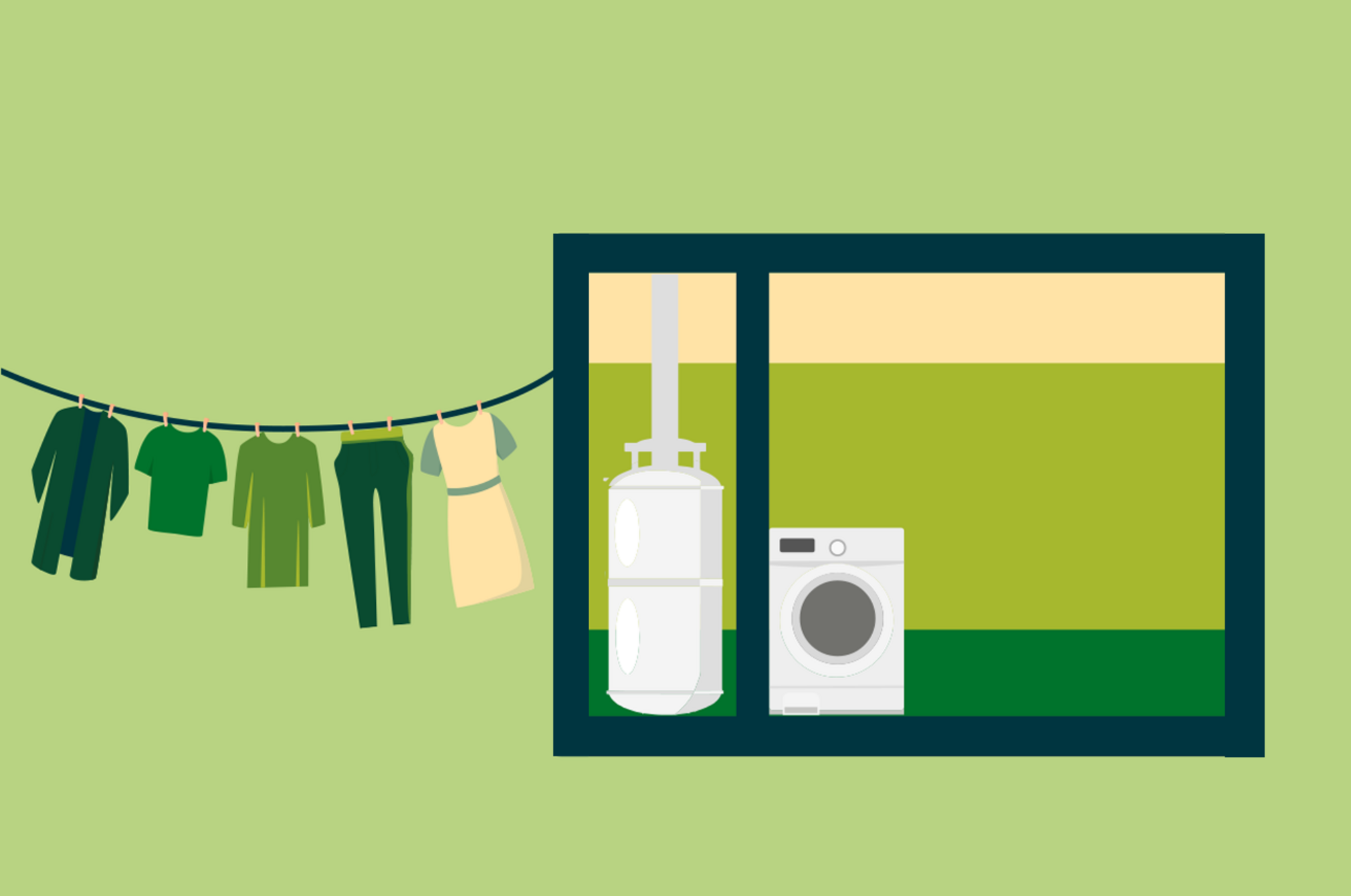
Hot water cylinders: Hot water should be set at a minimum of 60 degrees, says Parker. If your electric water cylinder was installed before 2003, you could benefit from having it wrapped in insulation. Any pipes that are hot to the touch can also be wrapped. “This can save you up to $200 a year,” he says.
Washing machines: Hot water washes cost more and can create extra moisture and condensation. "Wash in cold water most of the time," says Parker. "You want to run a hot wash once a month to clean the machine, or if you're washing anything particularly dirty, like reusable nappies." Make sure internal doors are closed and the laundry is well ventilated – an extractor fan is ideal.”
Drying your laundry: Wet washing should be hung outside to dry whenever possible. “You’re adding another 5 litres of water into the home with every load if you dry it inside," says Parker. "That means water evaporating then ending up soaking your carpet, furniture, curtains and clothes, more condensation and more mould. The best and cheapest option is a covered washing line outdoors – natural sun and wind do an amazing job of drying clothes for free, and killing germs too." If it's raining, and you don't have a condensing or externally ventilated dryer, many heat pumps have a dehumidifier option that can remove moisture from the air. Or consider using a laundromat.
Clothes dryers: Dryers are notoriously expensive to run. They can also be huge creators of moisture and may need to be vented if they are not a heat pump or condenser dryer. If you don’t have a vented dryer, keep plenty of room around your dryer, open the nearest window for ventilation and only use it when necessary.
Bathroom
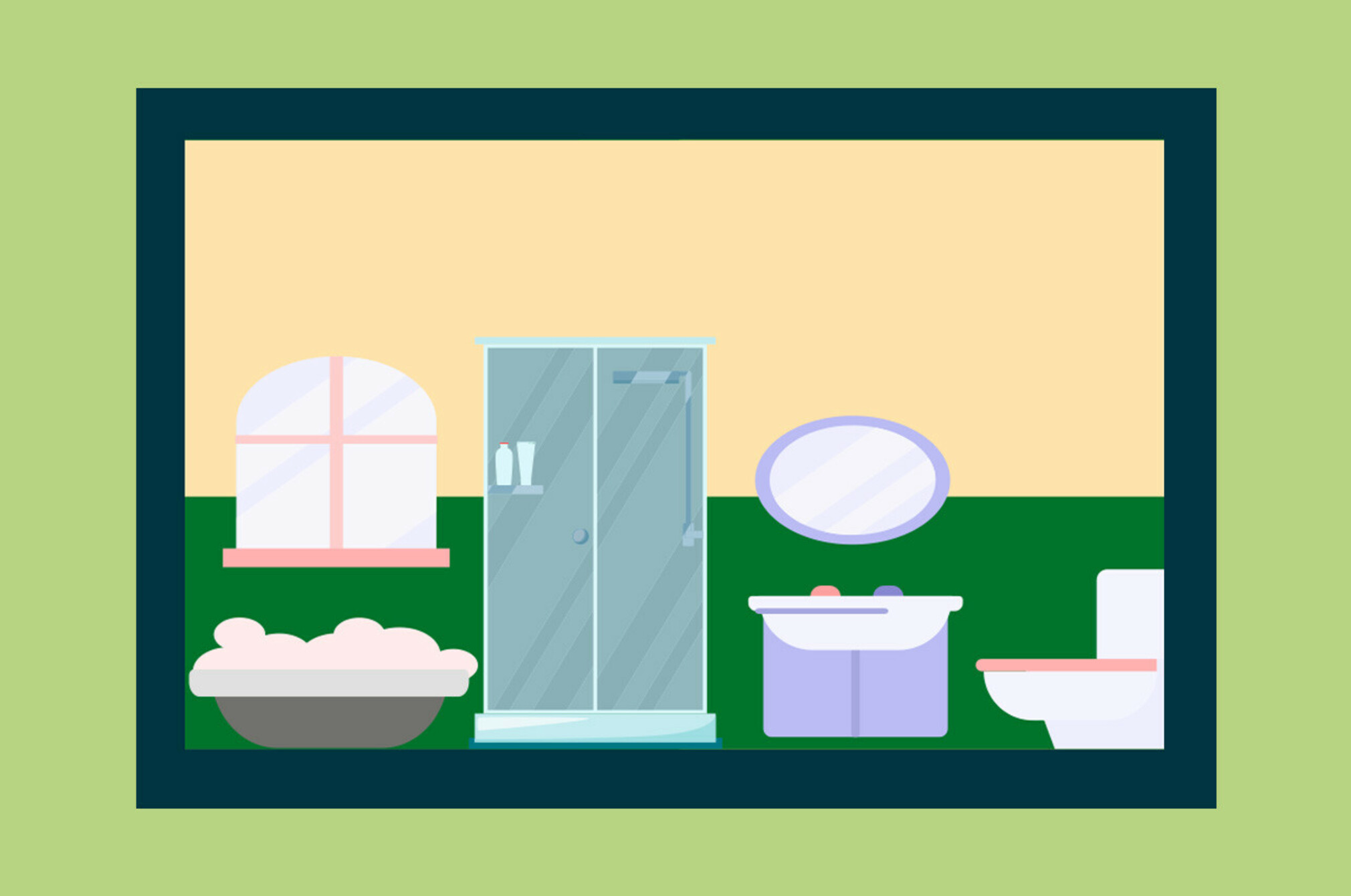
Showers: Your shower should ideally be using 6–9 litres of water a minute, says Parker. Try to keep your showers under 5 minutes. Once you're finished, open a window, run an extractor fan for 20 minutes and close your internal door so moisture doesn't spread through your home.
Heated towel rails, floors and lamps: These, says Parker, are a total power suck. Hang towels outside, if possible, or set a timer on a heated towel rail to run for 4–6 hours. Heated floors and lamps will cost you a lot to use, warns Parker. “An LED light is about 1–5 watts,” he says. By contrast, "Incandescent heat lamp bulbs are about 200–550 watts."
Bedroom
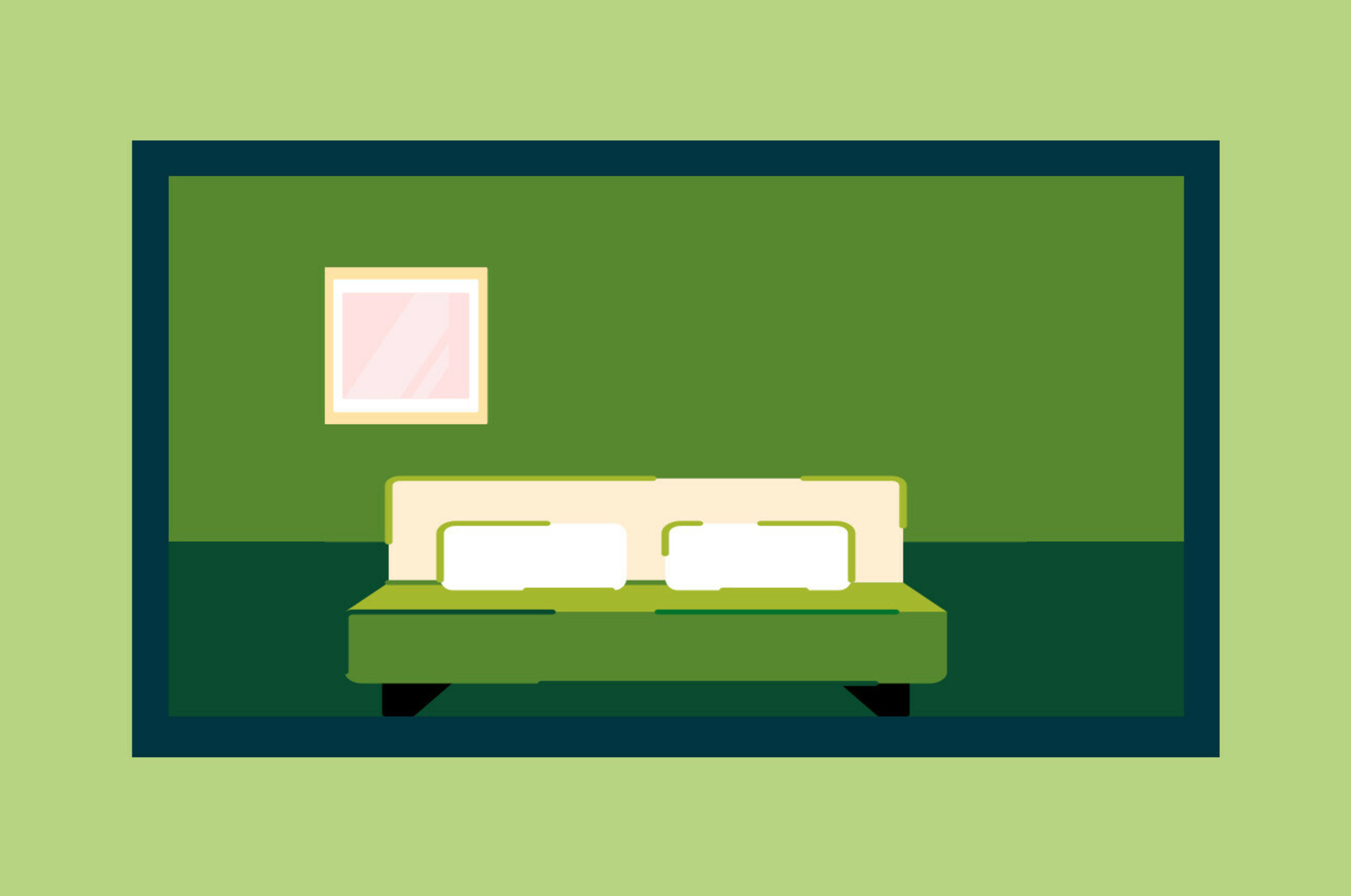
Move beds away from windows, especially in winter. Ideally, they should be sitting against internal walls, “so heads are as far away from drafts and cold coming in through the window as possible”.
Lounge
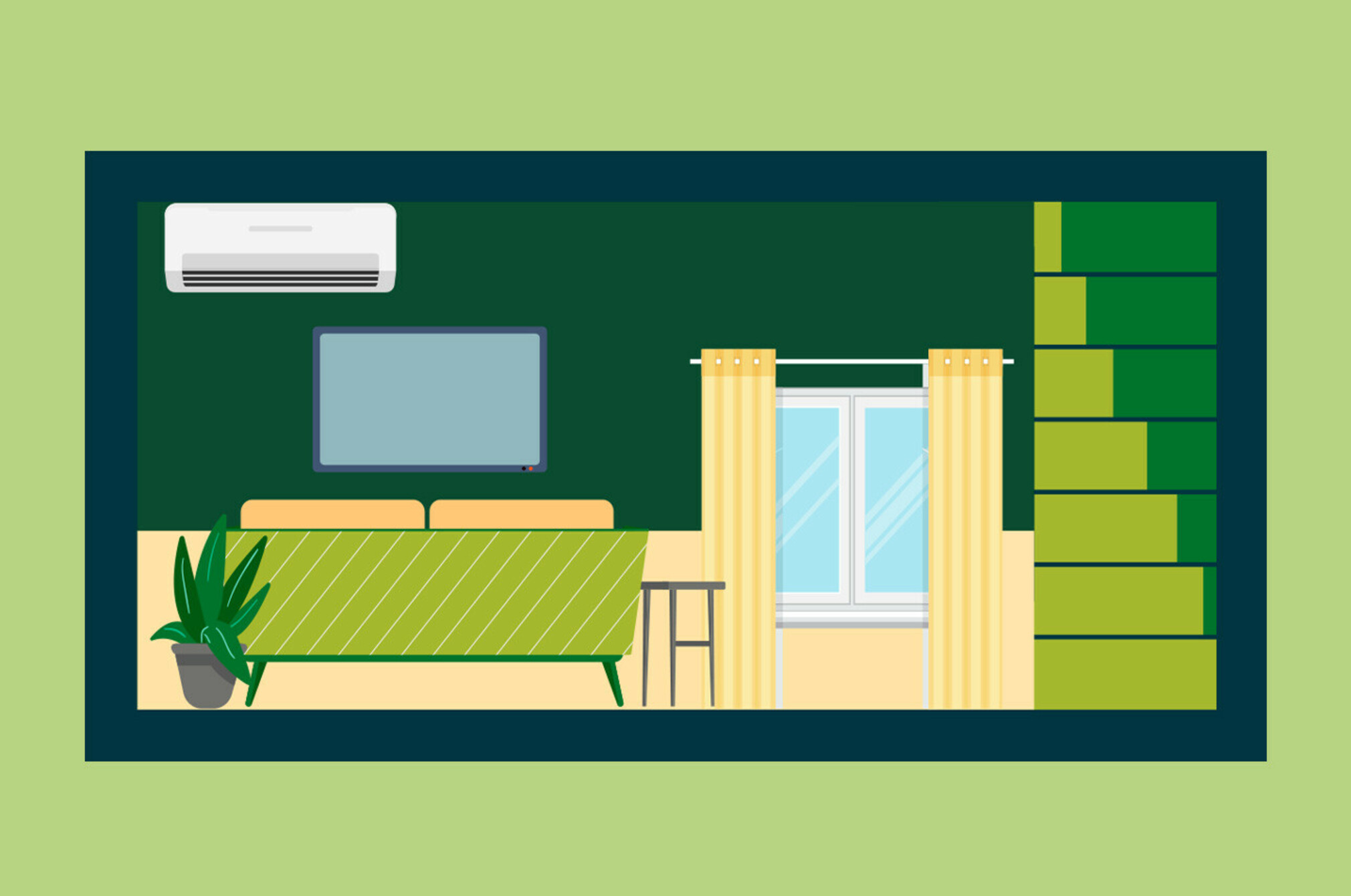
Television: Turn your TV and other larger power appliances like computers, speakers and gaming consoles off at the wall if that doesn’t cause issues with your appliance settings. Studies suggest some can use almost as much power on standby as they do when they’re switched on.
Plants and aquariums: Too many plants and large fishtanks can create a lot of moisture. Be wary about how many you have, and where they’re placed.
Curtains: Make sure curtains run to the floor and are fixed hard against the windows to create a barrier. Turning railings around can often be an easy way to keep warm air in, and moisture out.
Blast ventilation: Even in winter, it’s important to replace all the air in your house with fresh air at least once a day. To do this, open every door and window for a short period of time (10–30 minutes, when it’s not raining), says Parker, who suggests mid-morning as the best time to do this. “This is to get rid of the stale air that's built up and get rid of the home’s moisture load,” he says.
Gas heaters: Parker is not a fan of portable gas heaters and says the only safe and healthy way to use them is outdoors. “People think they're cheap because you pre-pay for the LPG, but they're the most expensive and toxic form of heating. They're illegal in Australia and they should be illegal here,” he says. Alternative options for heating could be flued gas heaters, heat pumps or an efficient wood or pellet burner.
Insulation: If a house has no insulation, heat will be lost through the roof, walls and the floor. Improved insulation means better heat retention and lower power bills. This needs to meet the New Zealand Building Code standards, and, if possible, exceed them.
Doors and windows: Drafts can lead to heat loss, so sealing doors and windows is a cheap and effective way to keep a home warm and dry. Door stops, weather strips and draught excluders can all help too.
Heat pumps: These are the most efficient way to heat a home. Temperatures should be set between 20 and 22 degrees, filters should be cleaned seasonally, and flaps adjusted to make sure the air circulates around the room. If the room feels chilly, try turning up the heat pump fan instead of the temperature.
Kitchen
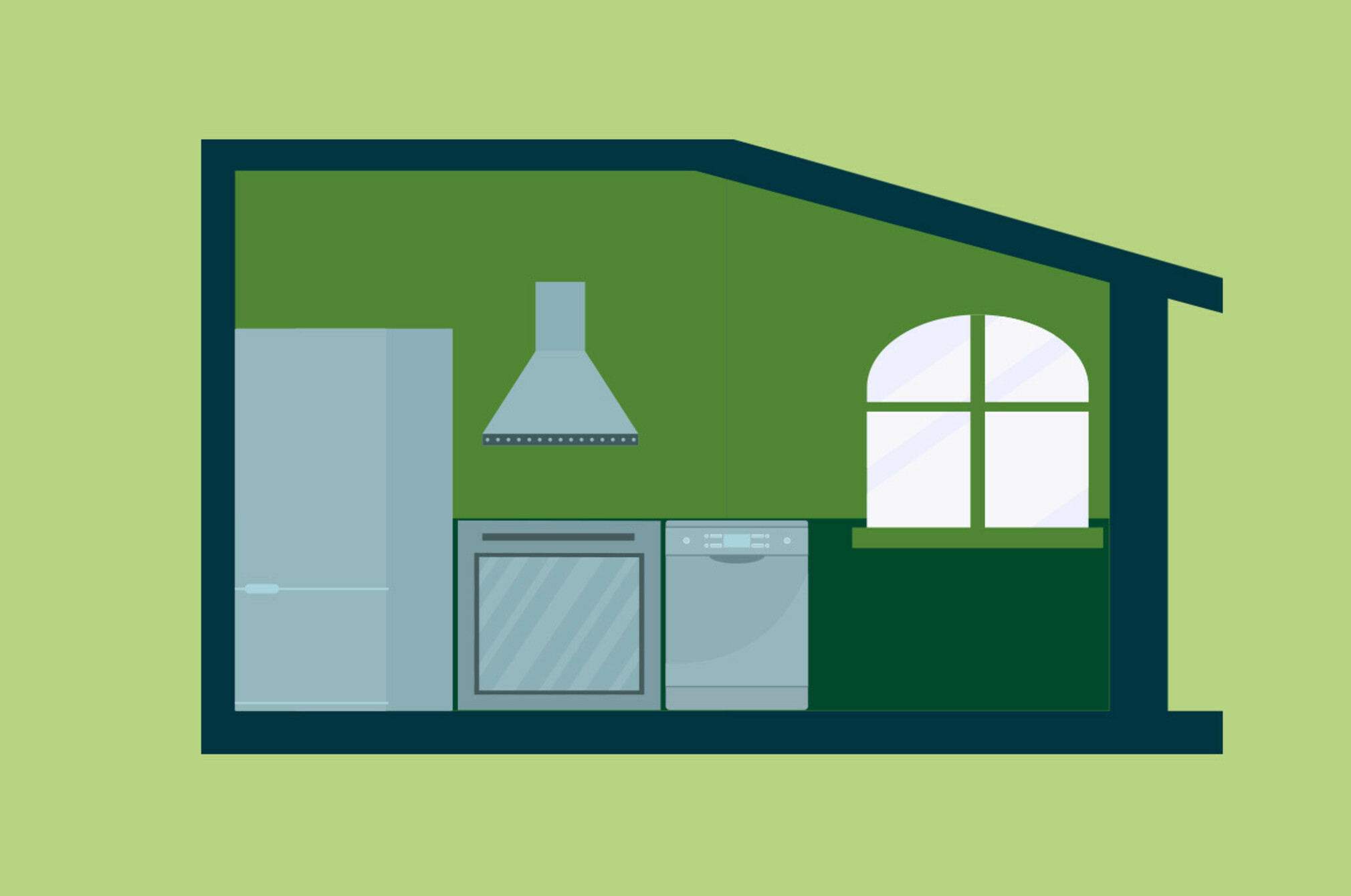
Extractor fan: Ensure they’re cleaned regularly and use them whenever cooking or frying to remove excess moisture.
Dishwasher: Don’t open the door as soon as it’s finished its cycle. This will release moisture into your house. Instead, wait until it cools.
Oven: An oven may cost a similar amount to use as a heater. They’re good for cooking large meals or multiple meals in advance, but you may be better using a smaller, lower-wattage appliance if few people are eating. Consider using a slow cooker or air fryer, which can be cheaper to run depending on the model, how insulated they are, and how long you’re using them for.
Want to know more?
- For more on Te Whatu Ora’s Healthy Homes Initiative, visit www.tewhatuora.govt.nz/health-services-and-programmes/healthy-homes/.
- Depending on where you live, a free assessment of your home and grants for improvements may be available to you. Check your council website or www.eeca.govt.nz for details.
- If you or anyone you know needs help reducing your energy bills or making their home healthier, please contact Sustain & Enable at www.se.org.nz, email [email protected] or phone 0273264663, or 09 412 2911.
Member comments
Get access to comment